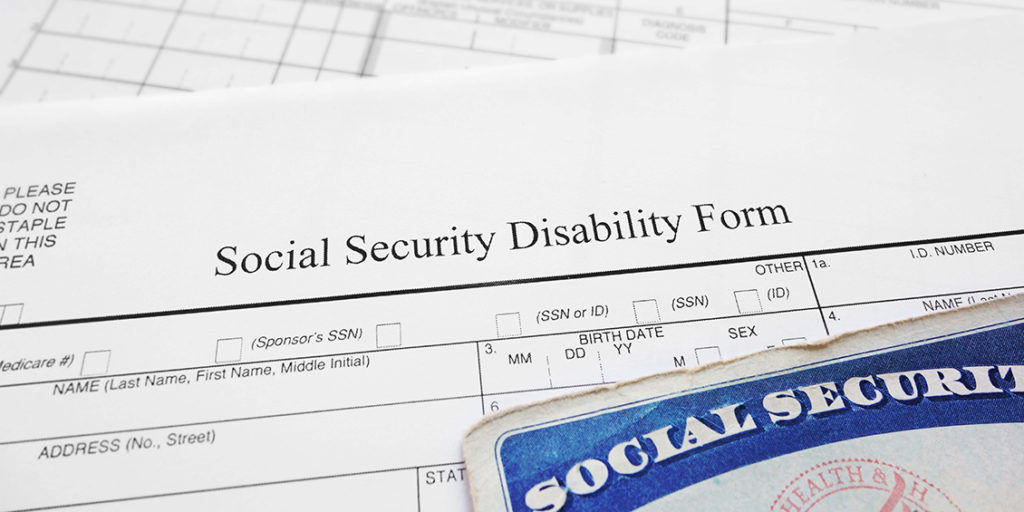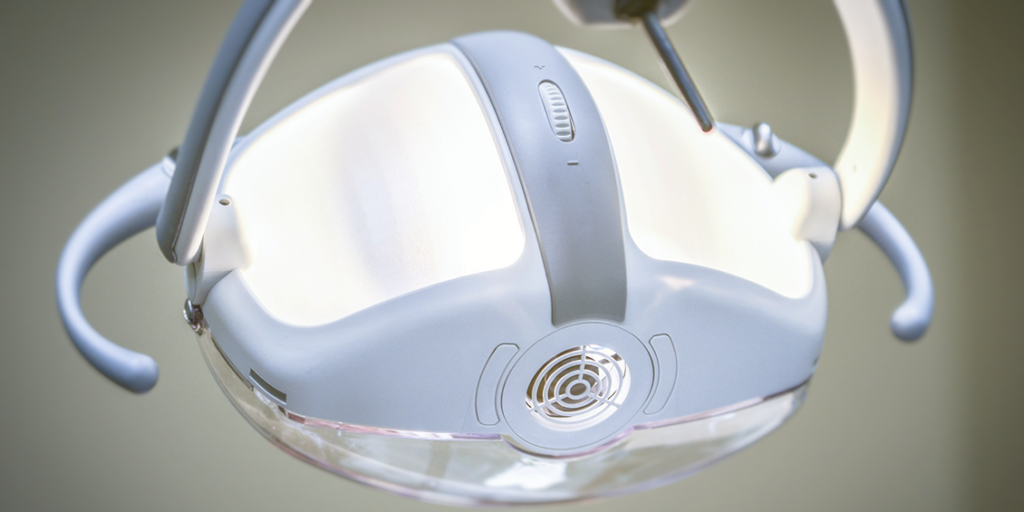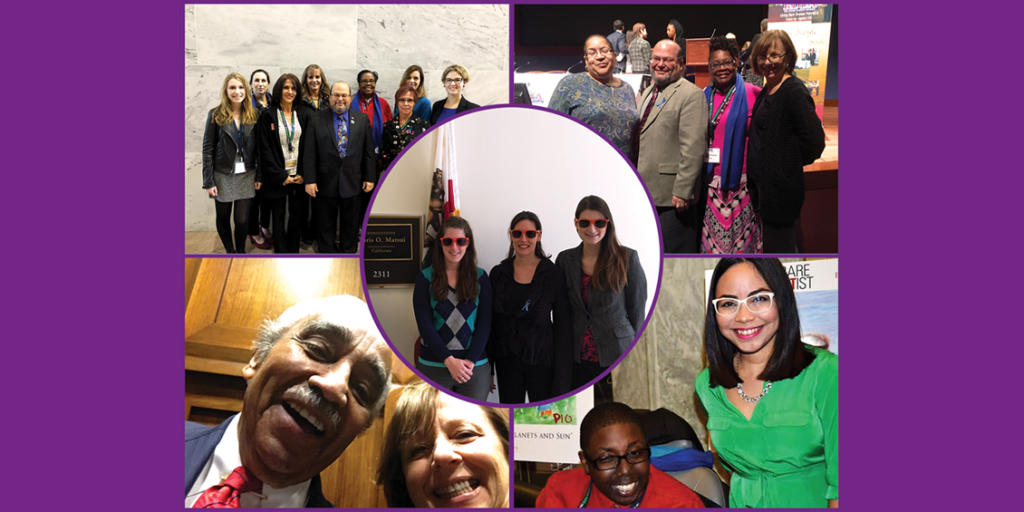
You have heard this message time and time again: It’s important for family caregivers to take care of their own health so they can stay strong enough to take care of their loved ones! But as a family caregiver, it’s difficult to find the time because caregiving takes so much work and energy. Being a family caregiver can be like having another full-time job.
Research confirms what we all know – caregiving is stressful. It challenges caregivers physically and emotionally. No one can expend their time, energy, and strength caring for someone else without having to replenish their own reserves. Sooner or later, something has to give. Over time, caregiving takes a toll on body and mind; on personal finances, family relationships, and work life. It can erode the immune system and actually increase susceptibility to illness.
Two out of every five adults provide care for a chronically ill, disabled or aged family member or friend. They typically spend 20 hours per week providing care for their loved one, and 13% are providing 40 hours of care a week or more. And for six in ten family caregivers, this is in addition to already working a full- or part-time job!
Family caregivers face many challenges. Caregivers have a higher incidence of major health conditions (such as depression, hypertension, and diabetes) than non-caregivers – directly as a result of the stress from their caregiving challenges. And ignoring their own health (sleeping, eating, exercising, visiting a doctor) further undermines caregivers’ health. There are many indications that caregivers are at risk of burning out such as feelings of anger, anxiety, depression, or fatigue. Seeking help is the most important step, but admittedly it is not always easy. Thankfully, there are tips and tools available to help avoid burnout and maintain some sense of balance in your life while caregiving!
Washington, DC-based Caregiver Action Network works tirelessly to advance resourcefulness and respect for family caregivers across the country. CAN’s free educational resources assist in learning to develop effective caregiving coping skills. CAN has tips and tools that can help caregivers avoid burnout and stay healthy themselves while caring for their loved ones.
CAN Recommends that Caregivers:
- Seek support from family and friends.
- Accept offers of help and suggest specific things people can do to help.
- Learn how to communicate effectively with doctors.
- Take respite breaks often.
- Watch out for signs of depression and don’t delay in getting professional help when they need it.
Connecting caregivers to one another is also vitally important because caregivers need to know that they are not alone. CAN maintains the Family Caregiver Forum so caregivers can connect and help each other. This online forum is a safe place where any caregiver can ask a question of others dealing with similar circumstances and get thoughtful and helpful responses.
Nothing is as important to avoiding burnout as “respite” – the chance to take a breather, the opportunity to re-energize. It is as critical as any other item on a caregiver’s to-do list. Respite is the key to your own well-being. Respite protects your own health, strengthens family relationships, and allows loved ones to stay at home up to three times longer. It should come as no surprise that respite is one of the most frequently requested support services for family caregivers. There are seven essential elements of respite, easily remembered by the acronym “RESPITE”
“R” is for “Rest and Relaxation.” Everyone needs a little “R and R” – especially family caregivers. Relaxing is the best way to return refreshed to handle your many responsibilities as a caregiver.
“E” stands for “Energize.” Caregiving is often round-the-clock. Respite isn’t simply getting a few hours off. It’s necessary to help you reenergize and reduce your stress
“S” is for “Sleep.” Understandably, caregivers often have difficulty sleeping. Address sleep problems and insomnia before they take too great a toll on your health.
“P” is for “Programs that can help you.” Find these programs!
“I” is for “Imagination.” Let your mind run free. Read a book. See a movie. You have been so occupied with the nuts-and-bolts of caregiving that refreshing your mind will actually help you be a better caregiver.
“T” is for “Take Five.” Don’t feel guilty. You need a reprieve – a few minutes to temporarily disengage, so step back and take a breather for your own good.
“E” is for “Exhale.” A simple breath in and then a long exhale can help you focus and increase your vitality. A few deep breaths can give you more energy, reduce stress, and lift your mood. So if you need help managing any of the many challenges that come from caregiving – such as isolation, feelings of anger or depression, or communicating with doctors – feel free to check out CAN’s free resources at CaregiverAction.org. And if you are a patient who relies on a family member for help, do them a favor and send them to CAN’s resources because they need someone to lean on, too!















